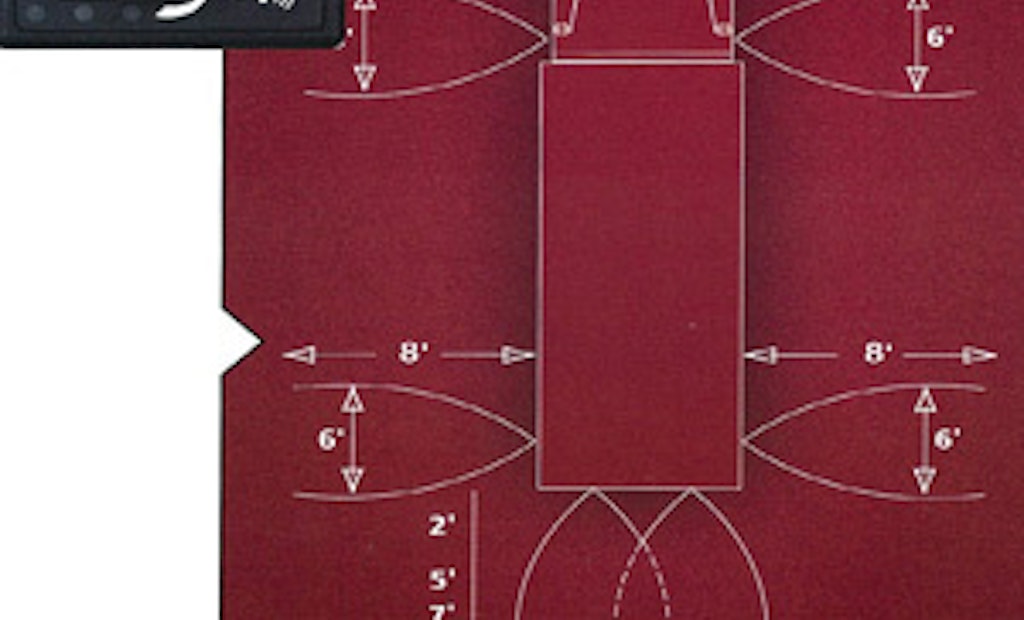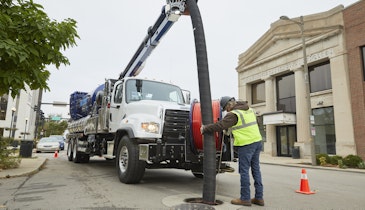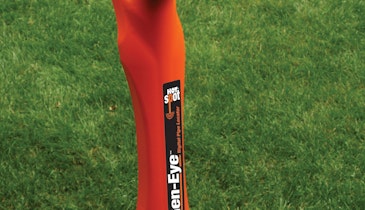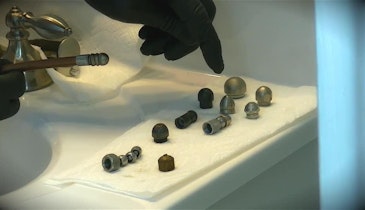As the economy improves, more cleaning contractors will be out on the job, operating large trucks and tanks on and off roadways. The increase in workers means potential for more workplace accidents.
Such accidents can be costly – the typical lifetime cost of an accident is $3,000 per vehicle or more. Not surprisingly, cleaning contractors are seeking ways to save this money and ensure the safety of their drivers and those around them.
Tools for that purpose include vehicle obstacle detection systems that help drivers avoid collisions. These systems include vehicle-mounted sensors that detect the presence of vehicles or fixed objects behind, alongside and overhead, where drivers may not see them.
Dash-mounted digital displays visually and audibly alert drivers when an obstacle is within a preset distance. Systems can be programmed to emit audible “Geiger-counter-like” tones that begin at 10 feet away and change in intensity as the vehicle closes in on the hazard. Up to seven sensors can be placed on the vehicle – wherever the driver needs an “extra set of eyes.”
Research demonstrates that obstacle detection systems can save on vehicle and property damage costs, reducing insurance expenses and enhancing productivity. The systems can provide a 200 to 500 percent return on investment, equating to a one- to two-year payback for most users.
Numerous types of collisions can be prevented using obstacle detection technology, including those that occur during backing, lane changing, maneuvering in tight spaces or heavy traffic, and operating a vehicle at night or in poor weather conditions.
A fully capable system works when users are driving fast or slow, backward or forward. The systems should operate in both active and passive modes. Advanced obstacle detection systems constantly detect objects but emit warnings only when the operator takes action, such as by activating a turn signal or shifting into reverse. Some sophisticated systems can be programmed to sound alerts only in specific situations.
While rear-mounted cameras are useful, they may not be enough to alert operators working in hectic conditions. A complete system includes distance-to-hazard alerts that provide a side, rear and overhead obstacle detection network.
Systems with both visual and audible alerts are preferable because roads and workplaces can be loud and distracting environments where workers become immune to noise. Here, visual alerts are valuable.
Some obstacle detection systems are easily retrofitted as plug-and-play items that a technician with little training can install in two hours or less. Users can install the equipment on their own or have the manufacturer do so.
The systems require no regular maintenance and are built to withstand dirt, mud, chemicals and water, and to resist corrosion and impact damage. They operate in rain, fog, snow and other difficult weather. High-end systems have heated sensors that are SAE certified and rigorously tested to perform in extreme conditions.
In fact, obstacle detection systems work in bad weather when a camera does not. With a camera, a driver can become addicted to looking at it during lane changes (potentially in poor weather), see no foreign object, and then make a lane change that could cause an accident.
Companies in a variety of industries find that the cost of obstacle detection systems is easily outweighed by savings from prevention of accidents and especially by the potential to protect employees from serious injury. This makes deployment of obstacle detection a sound investment.
Kirk Knobel is sales and customer service manager for Transportation Safety Technologies (TST), manufacturer of the Eagle Eye obstacle detection system and other electronics for transportation and other industries, based in Indianapolis, Ind. He can be reached at 800/428-4449.






